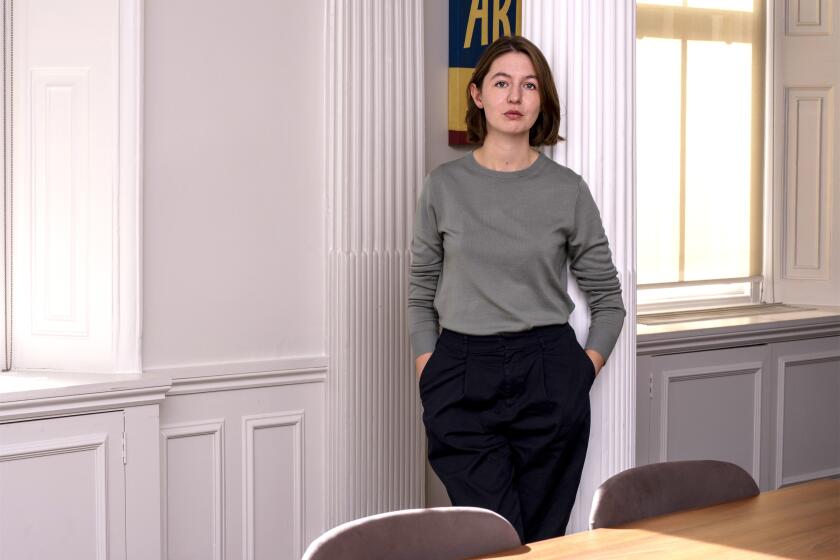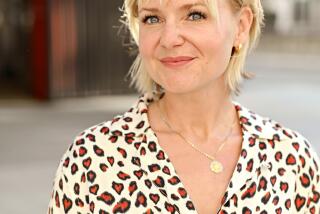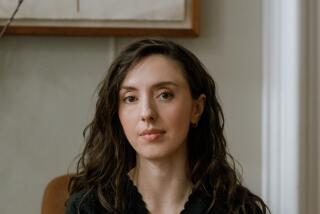Review: Lauren Groffâs perfectly timely feminist medieval utopia
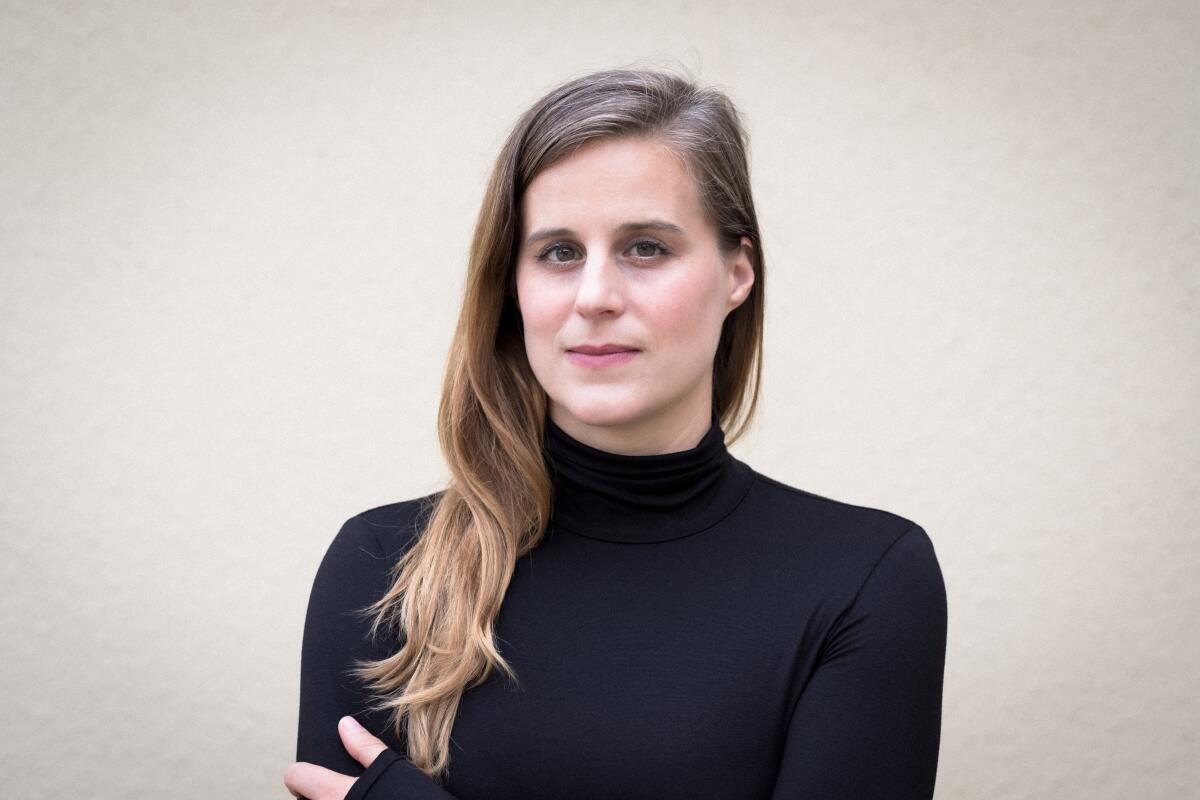
On the Shelf
Matrix
By Lauren Groff
Riverhead: 272 pages, $28
If you buy books linked on our site, The Times may earn a commission from Bookshop.org, whose fees support independent bookstores.
History has left behind huge gaps where once there were lives of meaning and purpose. For the historian, restoring them requires painstaking research. But for the novelist these erased canvases offer the opportunity to paint a world full of color and light. Lauren Groff has used that canvas to construct her new novel, âMatrix.â Depending on scant materials about the life of the mysterious 12th-century nun and lyricist Marie de France, Groff has told her history slant, creating a world in which womenâs lives are enveloped in a nurturing space devoid of men.
Groff has been much acclaimed for earlier work, including her recent short-story collection, âFlorida,â and the novel âFates and Furies,â which earned a book-of-the-year nod from Barack Obama. But she made her debut with historical fiction in âThe Monsters of Templeton,â a novel about her hometown of Cooperstown, N.Y. As she noted then, the more she knew about her subject, the more âthe facts drifted from their moorings.â The result was an array of real-life and mythical monsters, grounded in both historical archives and contemporary plots.
âMatrix,â meanwhile, subsumes us in a mythical world surrounded by real-life monsters. Skirting the pitfalls of revisionist history, it is fiction neither as plodding realism nor as implausible feminist anachronism, but rather something in between and beyond: a rigorous, living vision of what could have been.
The book opens in 1158 as Marie de France, the illegitimate half-sister of Henry II of England, is sent away from the court of his wife, Eleanor of Aquitaine, to live in a convent. Marie does not feel called to religion, especially a Catholicism in which âshe, who felt her greatness hot in her blood, [is] considered lesser because the first woman was molded from a rib and ate a fruit and thus lost lazy Eden[.]â
It has been a point of contention among historians whether the medieval convent was a virtual prison for the unwanted sisters and daughters of the wealthy or, instead, a locus for female intellectual life. Most likely they were both. Groff is skillful at conveying Marieâs initial despair: âAll will be gray, she thinks, the rest of her life gray. Gray soul, gray sky, gray earth of March, grayish whitish abbey.â
âThe Manningtree Witchesâ by poet A. K. Blakemore tracks 17th-century witch trials through the eyes of the accused and their perverse accusers.
Her anger and fatigue color her early opinions of other nuns, and Groff beautifully captures Marieâs teenaged sulk. These perceptions are our first clue that this portrait of convent life will always reflect what Marie sees, notwithstanding the third-person narration. Groff thus recognizes Marie de Franceâs real-life role as an author (famed for her lais, medieval love poems). Stewing in her ambitions â first frustrated and then fulfilled â Marie is not caught up in the exhaustive details of ordinary life in the 12th century, sparing the reader the encyclopedic data that can bog down historical novels.
At first Marie directs her energy toward convincing Eleanor, her beloved, to allow her to return to court, employing lais in an attempt to woo her in the chivalric language of male courtiers: âShe writes in a fever and sleeps little and her skin grows translucent and what small fat she once stored under her skin is gone; she is all sticks and knots in her hunger to return to the barn to make her work in the guttering light of her candle stub.â
Marie is thwarted, however, because her own words lack the authority to command a queen. Instead, she discovers that by interpreting the words of others â starting a scriptorium to copy texts; consulting Greek and Roman works to improve the conventâs infrastructure â she can lay claim to their authority as the conveyer of wisdom. And as the years progress, she gives up dreams of royalty to focus on the demesne she can control: the convent and its lands. Under her stewardship, this community, near starvation when she arrived, flourishes and grows powerful. Still, as abbess, she must remain subservient to the male hierarchy of the Church.
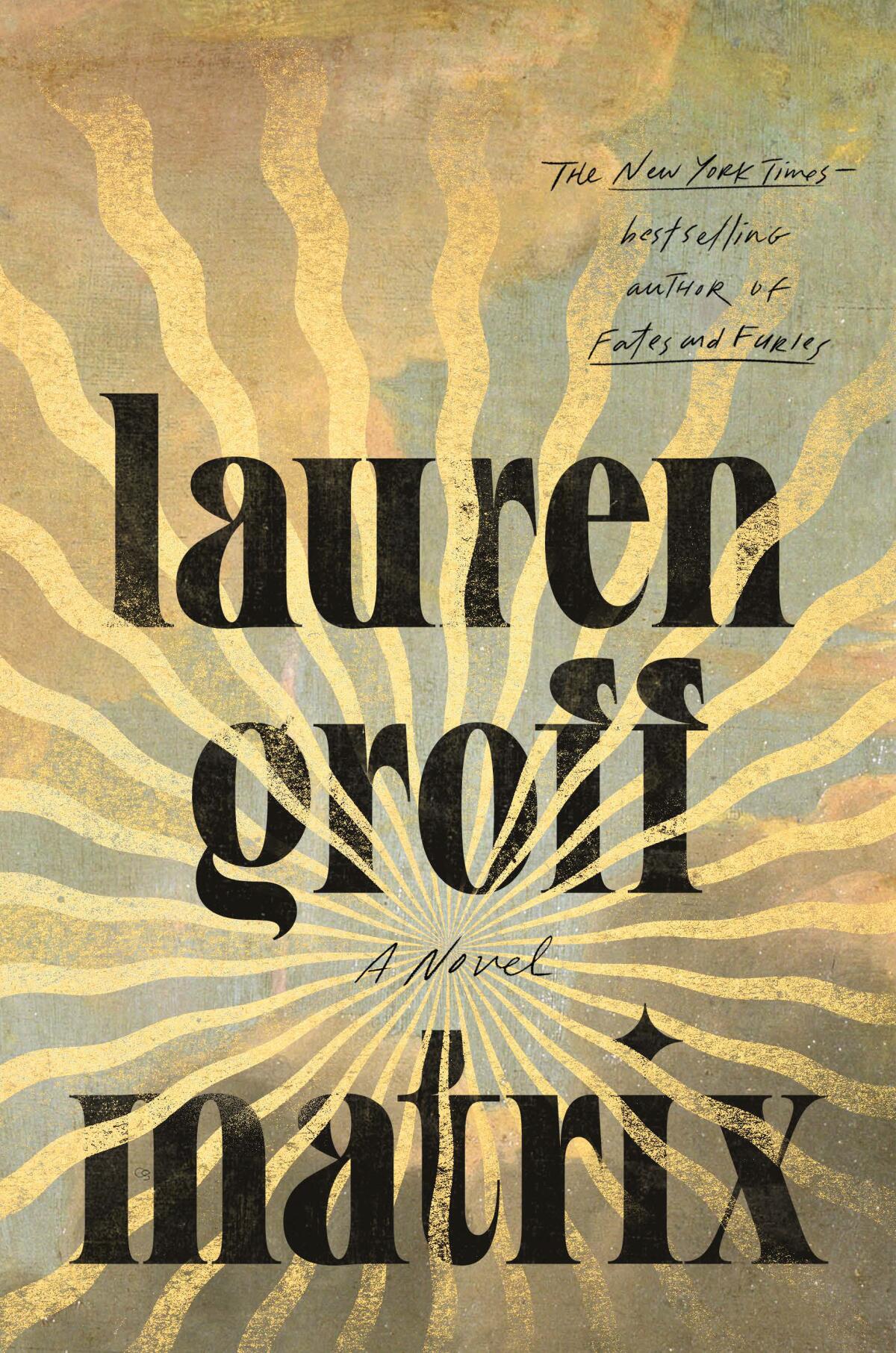
Groffâs nuns are embodied nuns. While Christianity has always emphasized the divine spirit over worldly flesh, Marie and her sisters never leave behind their physical selves. A learned infirmatrix, a nurse named Nest, brings relief to the unsettled hormones of women by bringing them to orgasm, thus freeing them to pursue more spiritual goals. Some of the nuns form close relationships within the convent, free from the anxieties of pregnancy.
Marie, whose life we witness nearly in its entirely, is tormented by waves of heat as her body ages. After menopause, freed from her cycle, she attains a âcold clarity.â Into the space once taken up by monthly pains and forbidden longings arrive mystical visions in which she beholds the Virgin Mary, first as virgin and then as mother.
Sally Rooney, Anthony Doerr, Maggie Nelson, Richard Powers, Jonathan Franzen â the list goes on. Four critics on kicking off a big, bookish fall.
By channeling the voice of the Holy Mother, Marie can assert divine authority, and it is here that the doubled meaning of âmatrixâ becomes clear. The Latin word comes from âmaterâ â âmotherâ â and in late Middle English it means âwomb.â Mary shows Marie how to keep nuns safe, free not only from sexual contact with men but also from their violence.
The nuns âmust build a labyrinth,â Marie explains to them â a maze of almost fantastical size surrounding the convent. Within this impenetrable matrix, the women will thrive. Instead of a site of deprivation and punishment for unwanted women, Marie creates a virtual island, a fortress utopia.
It is at this point that the novel leaves the boundaries of what I would consider realist historical fiction. Studies of actual medieval societies have pointed to nuns who assumed too much power and were punished for it. The male church, which assumed womenâs bodies prevented them from reaching both spiritual and intellectual heights, would have crushed a rebellion on the scale of Marieâs. But we are not in the historical realm. As in magical realism, in which the powerless are given power over their environments, Marieâs divine guidance allows her to change lives with an almost supernatural force.
Groff does not, however, make these women into saints. A complicated heroine, the abbess will jealously guard her own authority to the point of punishing those who challenge her. Even in utopia, humans will act imperfectly.
As issues of bodily autonomy are once again thrust into the spotlight by developments in Texas abetted by the U.S. Supreme Court, reading âMatrixâ is a balm. The insistence that a womanâs worth is tied to her physical self, rather than her intellect and spirit, is a dark cloud that has broken open numerous times in the West. If only it could be banished by an abbess, or a novel.
Rooneyâs ballyhooed third novel, âBeautiful World, Where Are You,â has it out over whether Sally Rooney deserves to write bestselling fiction.
Berry writes for a number of publications and tweets @BerryFLW.
More to Read
Sign up for our Book Club newsletter
Get the latest news, events and more from the Los Angeles Times Book Club, and help us get L.A. reading and talking.
You may occasionally receive promotional content from the Los Angeles Times.


